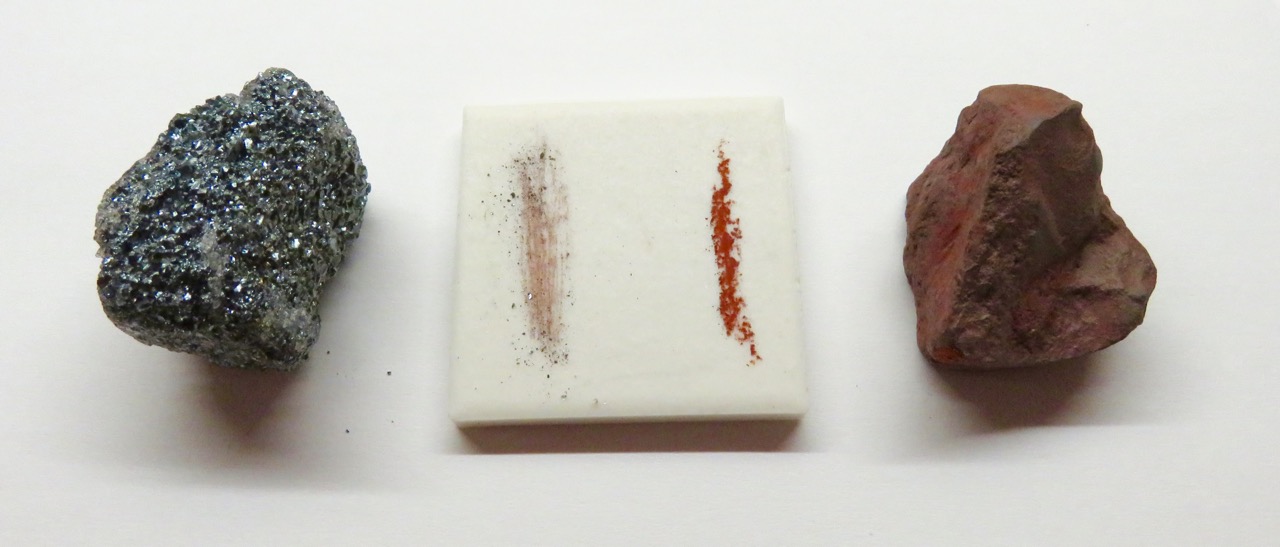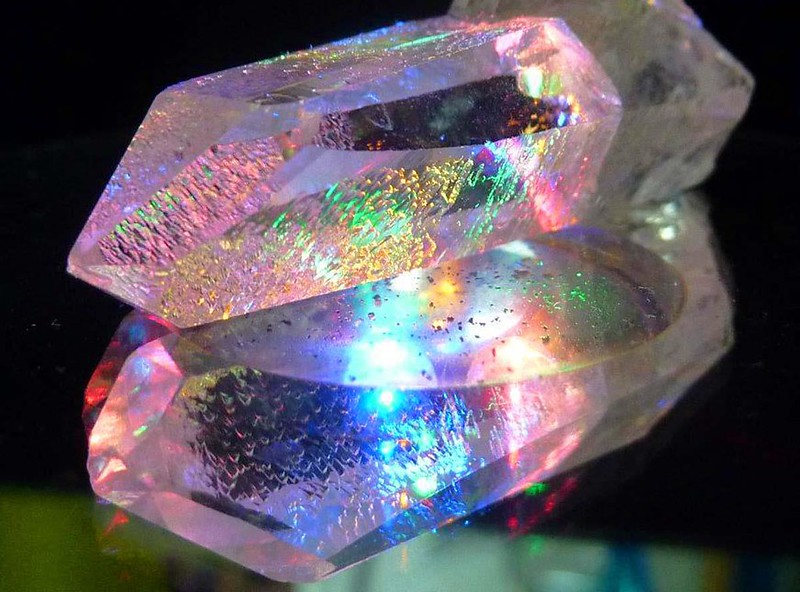Identifying minerals can be a bit tricky. There are lots of different minerals, and not all of them look the same. Minerals are naturally occurring inorganic, solid, crystalline substances. These minerals have been formed from the elements through geological processes such as magma formation and erosion. Minerals can be identified by various properties such as color, streak, luster, crystal habit, cleavage, hardness, and specific gravity,
Mineral Crystal Structure
Before we identify a mineral, we have to know what makes up a mineral crystal. Minerals are made up of atoms that are held together in a lattice arrangement. This is how the crystal is formed, and the arrangement determines how it looks and how hard it is. All minerals have a specific chemical formula with an atom at each corner and a molecular structure in the middle. They form when these molecules are arranged into crystals that consist of repeating patterns. The arrangement of elements determines what type of chemical compound you're dealing with, which will determine how it interacts with light, water, air, and other compounds.
Mineral Color
Color is one of the easiest ways to identify a mineral because minerals are often distinctly colored. For example, hematite is red, limonite is yellowish-brown to brown and pyrite is golden-yellow to brassy-yellow. A few minerals aren't very colorful at all quartz comes in many different colors -- but most are brightly colored. In addition to the overall color, you'll want to look for the shape and shade of the crystals on the surface of each specimen.
 |
| Rainbow Fluorite-Flickr |
Crystal habit
Crystal habit, examining the way light interacts with the specimen (i.e., iridescence or dichroism), and measuring the angle of refraction between crystal faces (pleochroism). Because no two minerals have exactly the same combination of physical properties, no single method can be used to identify a mineral with absolute certainty. For example, garnet has a characteristic red color that can only be seen in a thin section through the stone; however, it also has an adamantine luster and conchoidal fracture, and these are also found in other minerals such as quartz and topaz.
 |
| Zircon crystal system |
Mineral Streak
The streak is determined by rubbing a mineral on an unglazed porcelain plate (the "streak plate"). This test gives you an idea about how hard it is compared with other minerals.* Look for a consistent streak color throughout your specimens. The streak is most often seen in un-weathered minerals but is not always reliable for identification because it can be altered by weathering and other environmental conditions such as oxidation or hydrolysis.
 |
| pyrite and hematite streak |
Mineral Luster
Luster is the brightness of reflected light; more than one type of luster may be exhibited by a single mineral. Metallic luster is caused by metallic reflection, while submetallic luster is caused by diffuse reflection under crossed polars (i.e., when viewed through polarized lenses). Nonmetallic luster is seen in minerals that do not reflect all incident light in the same manner as metals do (e.g., opal, garnet, and sapphire); this type of luster is also referred
_1.jpg) |
| Pyrite (Huanzala Mine, Peru) |
Mineral Hardness
Hardness tests normally use a ten-point scale, with talc at 1 at the softest end and diamond at 10 as the hardest substance known. The hardness test is useful for identifying minerals such as quartz or calcite because they have very distinct hardness values when compared to other minerals. Minerals found in rocks, such as feldspars or micas, have much softer values than average and so this test is not very useful when trying.
 |
| Knoop scale |
Conclusion
I hope you have found this page to be helpful and informative. However, I recognize that there are numerous other mineral identification techniques out there, some of which the advanced collector may already know of and employ. As such, by no means is any of the content present on this website exclusive or original. And so, if you have any techniques that aren’t listed here on this page, please feel free to send them my way. I would love to hear them, and I will do my best to accommodate as many of your ideas as possible.




_(found_28_December_1877)_(Victoria%2C_Australia)_(16640900873).jpg)




0 Comments